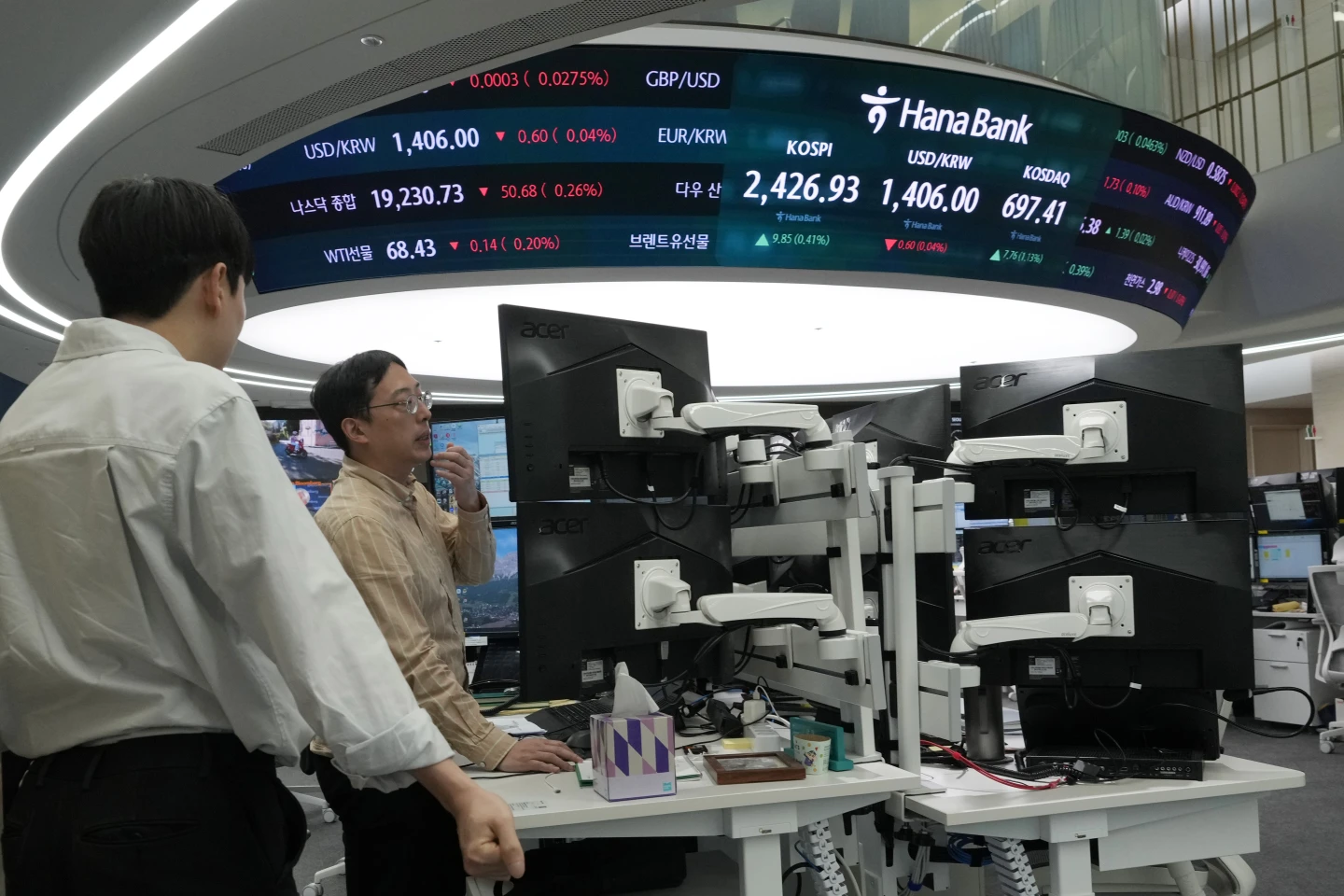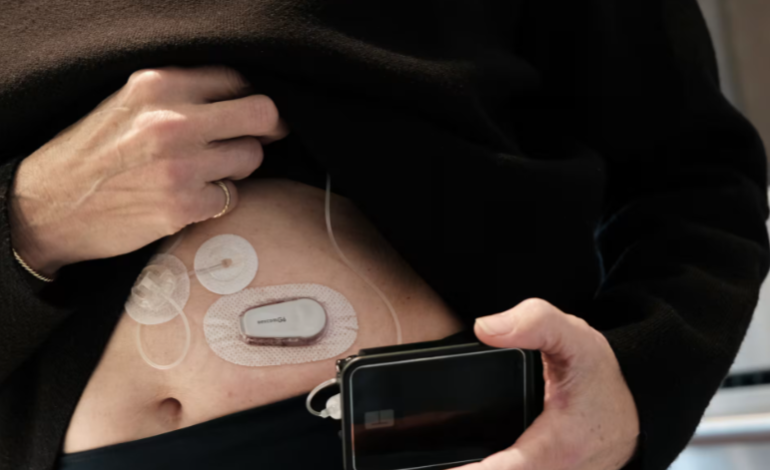The global diabetes crisis has reached alarming new heights, with the number of adults living with the chronic condition more than doubling over the past three decades, according to a new report published by The Lancet.
Despite the growing prevalence of diabetes, millions of people, particularly in middle- and low-income countries, remain without access to essential medication, exacerbating the worldwide health emergency.
The study, released on Wednesday, reveals that between 1990 and 2022, the global rate of diabetes among adults rose from 7% to 14%. Over the past 30 years, the number of people diagnosed with diabetes has ballooned to over 828 million, with India accounting for more than a quarter of global cases. China and the US follow closely behind, with 148 million and 42 million people affected, respectively. The highest levels of diabetes per capita are found in the Pacific Islands, the Caribbean, the Middle East, North Africa, Pakistan, and Malaysia, where more than 25% of adults are living with the disease.
The rise in diabetes rates reflects broader global health trends, including longer life expectancy and the increasing prevalence of obesity. The spread of the disease is closely tied to poor diets, lack of physical activity, and environmental factors such as pollution. For many, this marks a deterioration in quality of life despite living longer, as chronic conditions related to diabetes, like heart disease, kidney failure, and blindness, take their toll.
Type 2 diabetes, which is caused by the body’s ineffective use of insulin, is the most common form of the disease and is closely linked to rising obesity rates. Excess body fat triggers biological changes that make it harder for the body to regulate blood sugar, a key factor in the development of diabetes.
Dr. Majid Ezzati, the report’s senior author and a professor of global environmental health at Imperial College London, stressed the dangers posed by the global shortage of treatment options, especially in low-income countries.
“This is especially concerning as people with diabetes tend to be younger in these regions… Without effective treatment, they are at risk of life-long complications, including amputations, heart disease, kidney damage, and premature death,” Ezzati said.
While diabetes medications, including affordable off-patent drugs, are available, nearly 60% of diabetics over the age of 30—equating to around 450 million people—did not receive medication in 2022. This lack of access is most severe in Africa and Asia, where financial barriers, supply chain issues, and the high cost of branded insulin contribute to the problem.
Bianca Hemmingsen, the World Health Organization’s technical lead for diabetes, highlighted the failure of many health systems to diagnose and treat the condition, especially in poorer nations.
“Supply chain issues and the dominance of a few pharmaceutical companies keep prices high and unaffordable… Even when generic alternatives exist, financial barriers and the exclusion of diabetes from universal healthcare packages exacerbate the treatment gaps,” Hemmingsen said.
Currently, the global insulin market is controlled by three major companies—Eli Lilly, Novo Nordisk, and Sanofi—which have made efforts to provide insulin at lower costs in some regions, such as Egypt and South Africa. However, these initiatives are insufficient, leaving many low-income countries with limited access to this vital medication.
Jayasree Iyer, CEO of the Access to Medicines Foundation, warned that these efforts are inadequate to meet the growing demand for treatment in lower-income countries.
“The needs are growing over time, and while partnerships may broaden access in some areas, they remain limited in scope and scale… The problem is far from being solved,” Iyer said.
In addition to insulin, newer drugs for diabetes, such as GLP-1s (glucagon-like peptide-1 receptor agonists), remain largely unavailable in poorer nations. These drugs, which are often used to treat both diabetes and obesity, are in high demand in wealthier countries, making them less accessible to those who need them most.
The World Health Organization (WHO) has sounded the alarm on the growing diabetes crisis, urging governments to take action to prevent and treat the disease. WHO Director-General Dr. Tedros Adhanom Ghebreyesus called for policies to support healthy diets, promote physical activity, and ensure that health systems provide prevention, early detection, and treatment of diabetes.
To address the widespread lack of treatment, the WHO is launching a new global monitoring framework on diabetes. This initiative will track key indicators such as glycemic control, hypertension, and access to essential medicines, helping governments better evaluate and address diabetes-related challenges.
In addition, the WHO set a goal of ensuring that 80% of diabetes patients achieve good glycemic control by 2030. However, the scale of the problem remains daunting, particularly in regions like South-East Asia, the Eastern Mediterranean, and Africa, where fewer than 40% of adults with diabetes are receiving the care they need.
As the number of people with diabetes continues to rise, the economic and healthcare burdens associated with the disease are becoming increasingly unsustainable. In the US alone, diabetes-related healthcare costs surpassed $412.9 billion in 2022, an increase from $327 billion in 2021. This trend is mirrored in other countries as well, where the costs of diabetes care strain already fragile healthcare systems.
Helen Kirrane, head of policy and campaigns at Diabetes UK, warned that the rapid increase in diabetes diagnoses, including a 100% rise in the UK over the past two decades, should be a major concern for policymakers worldwide.
“This research shows we’re facing a global diabetes crisis… Governments must act now to address this growing health emergency,” she said.
The Financial Times, and Market Watch contributed to this report.









